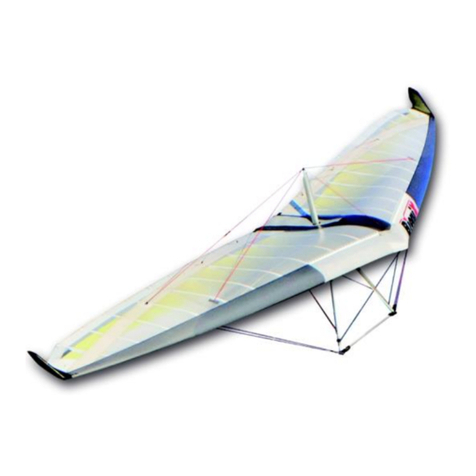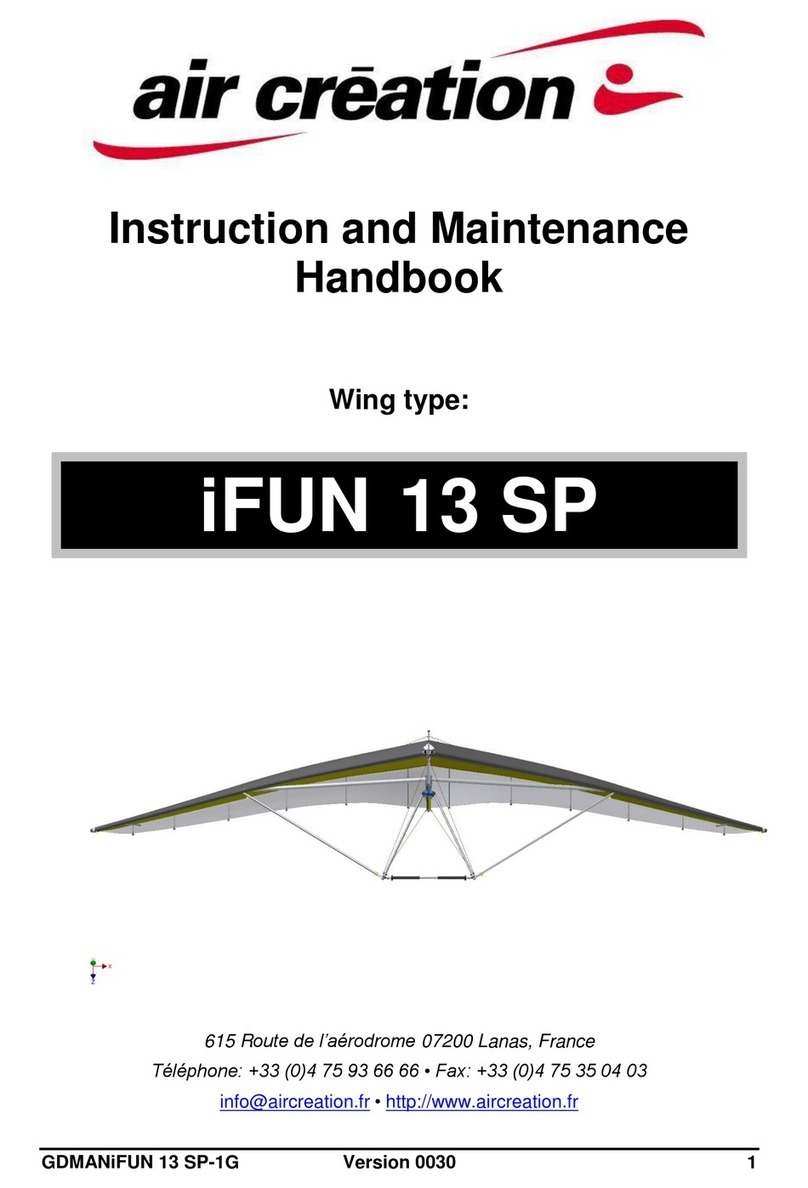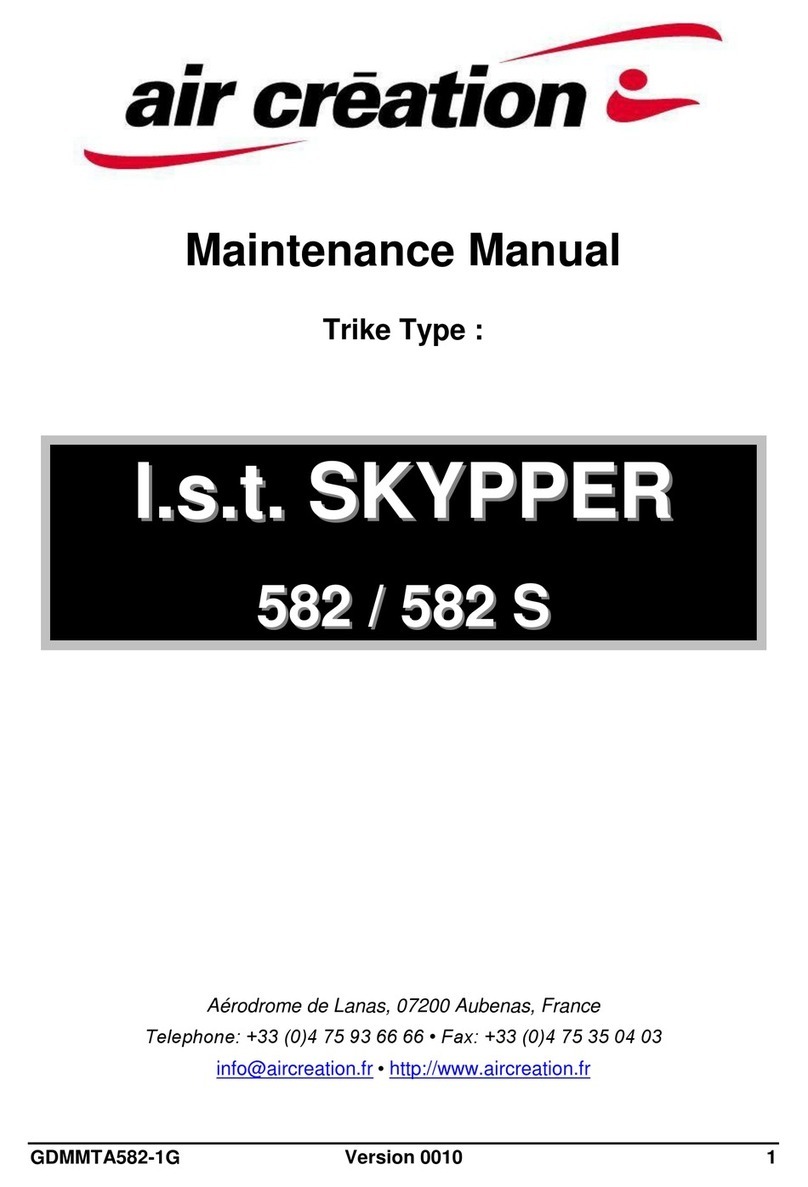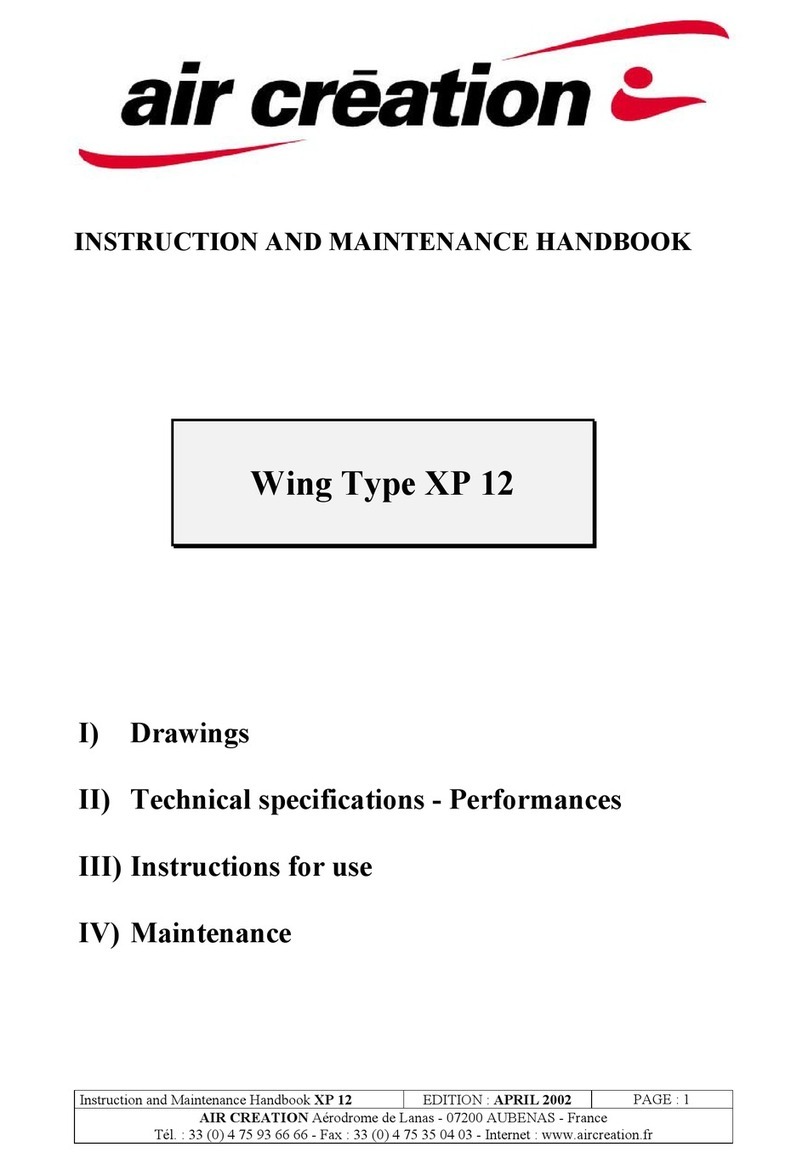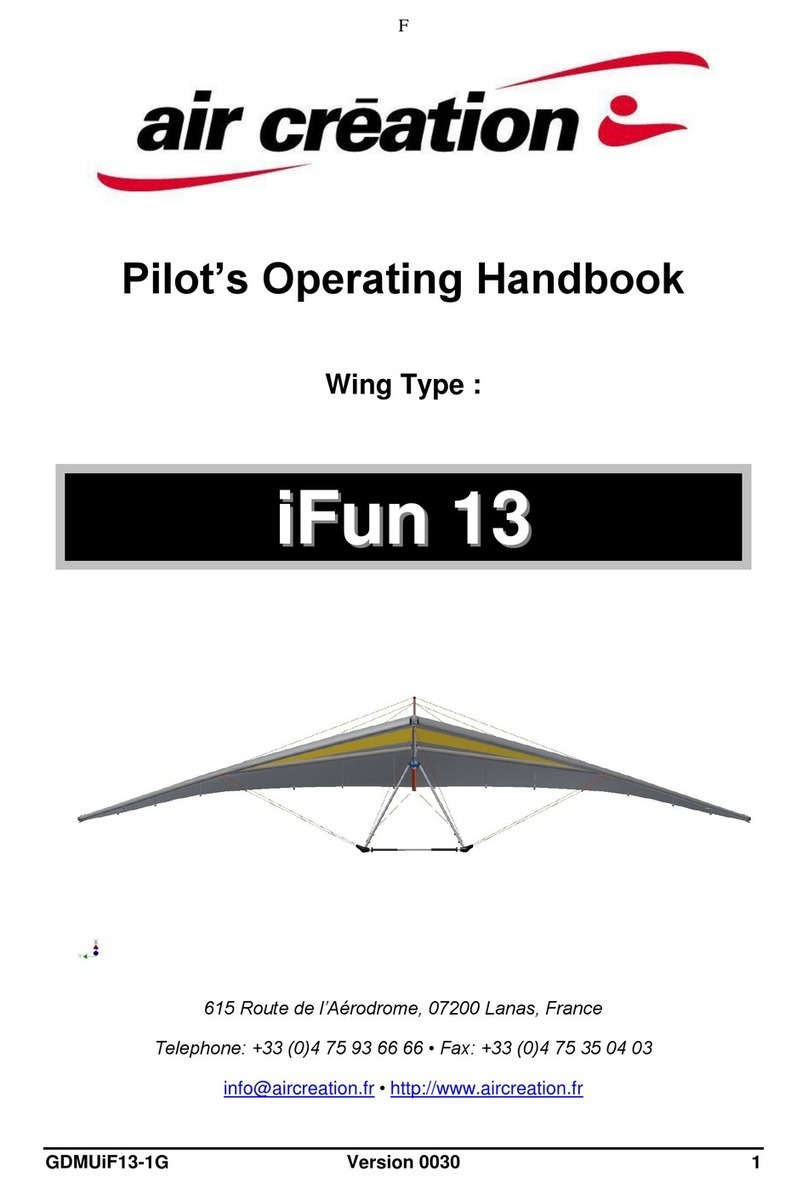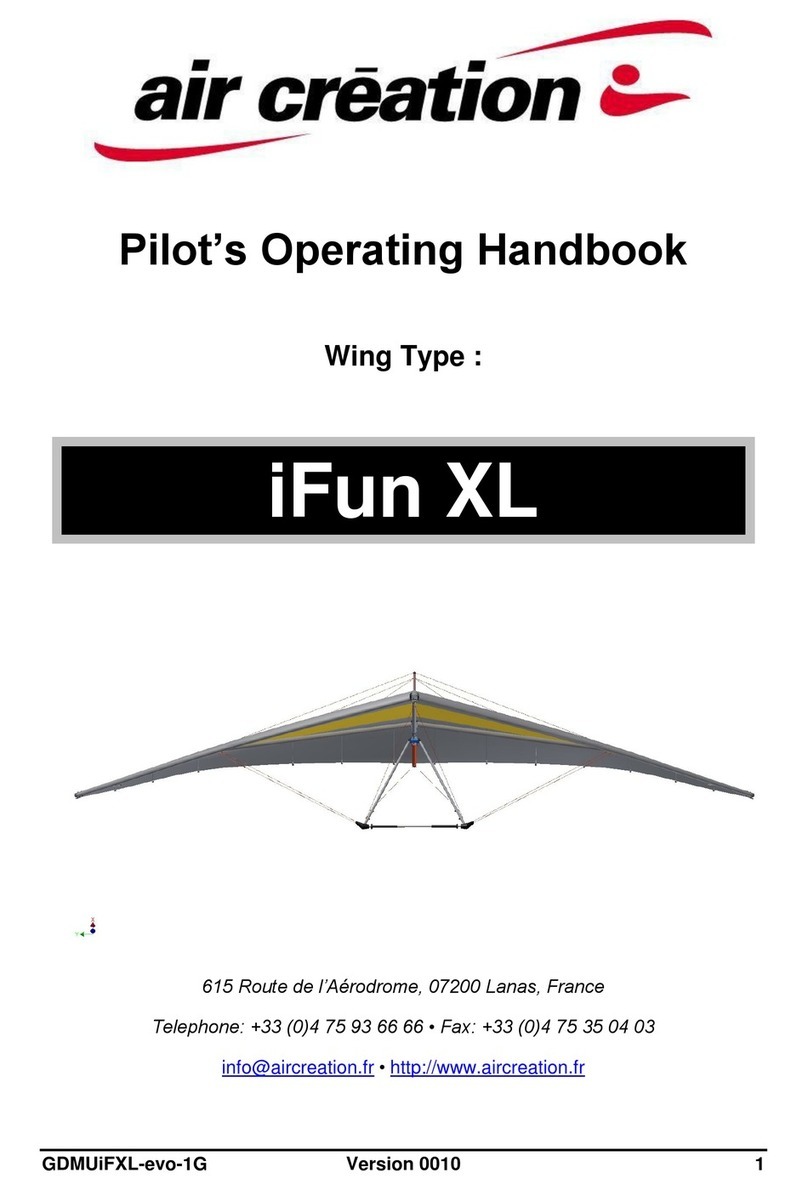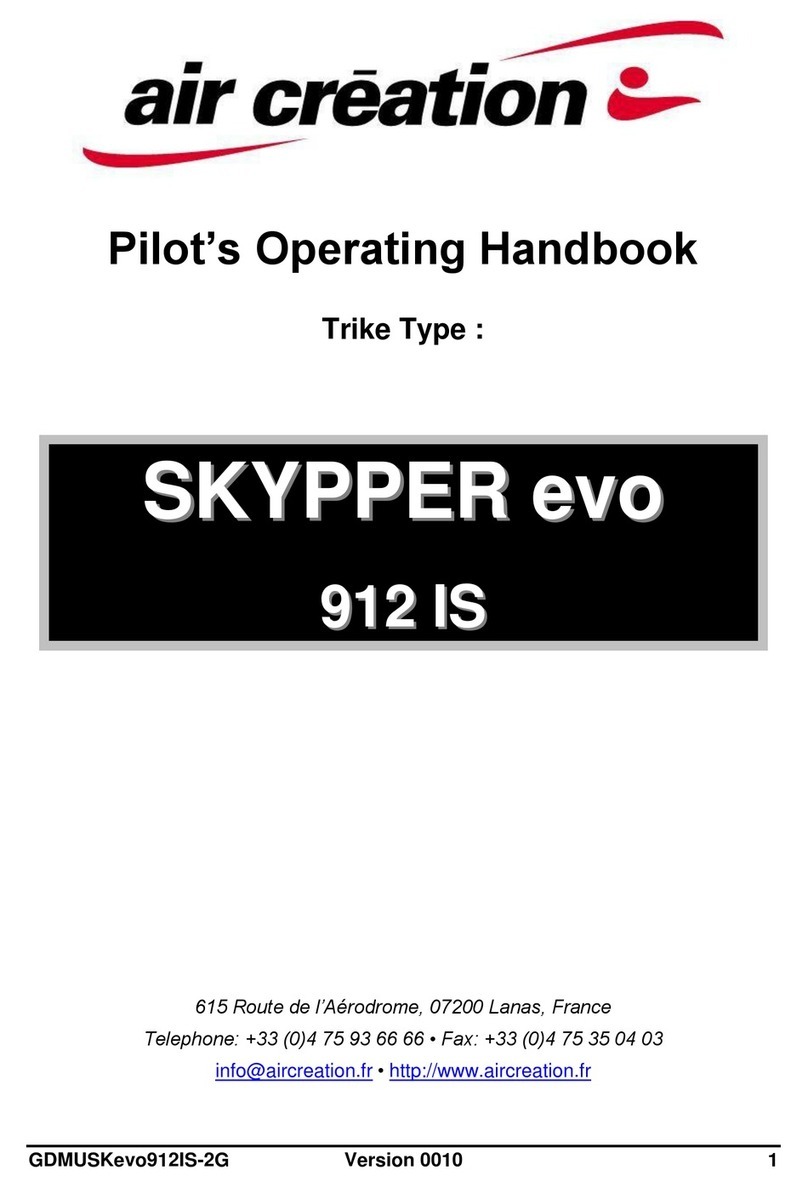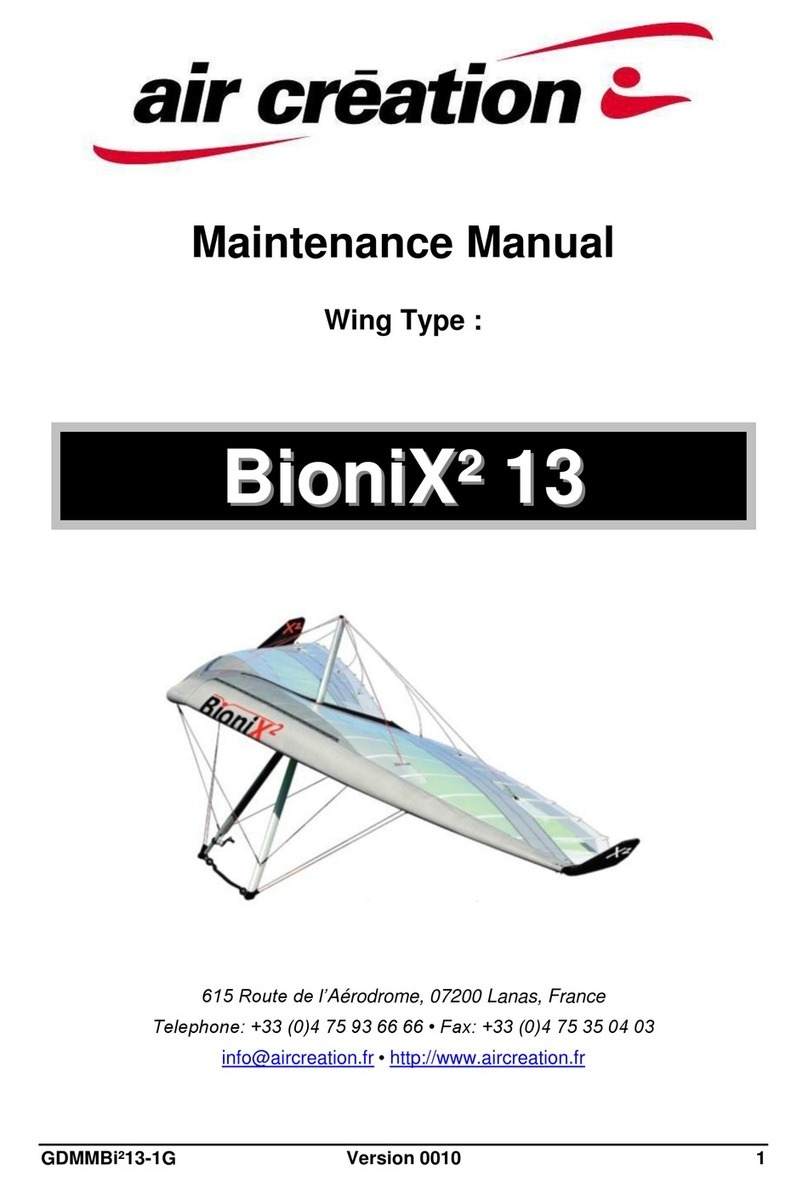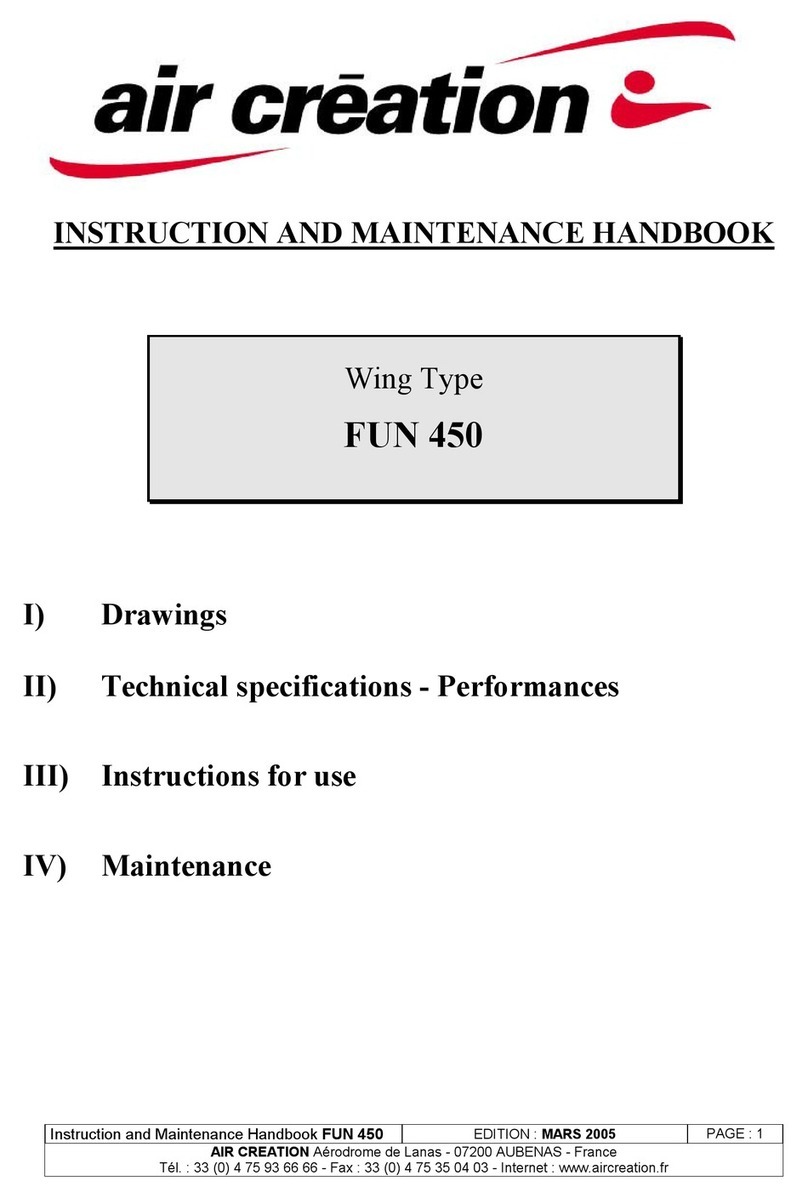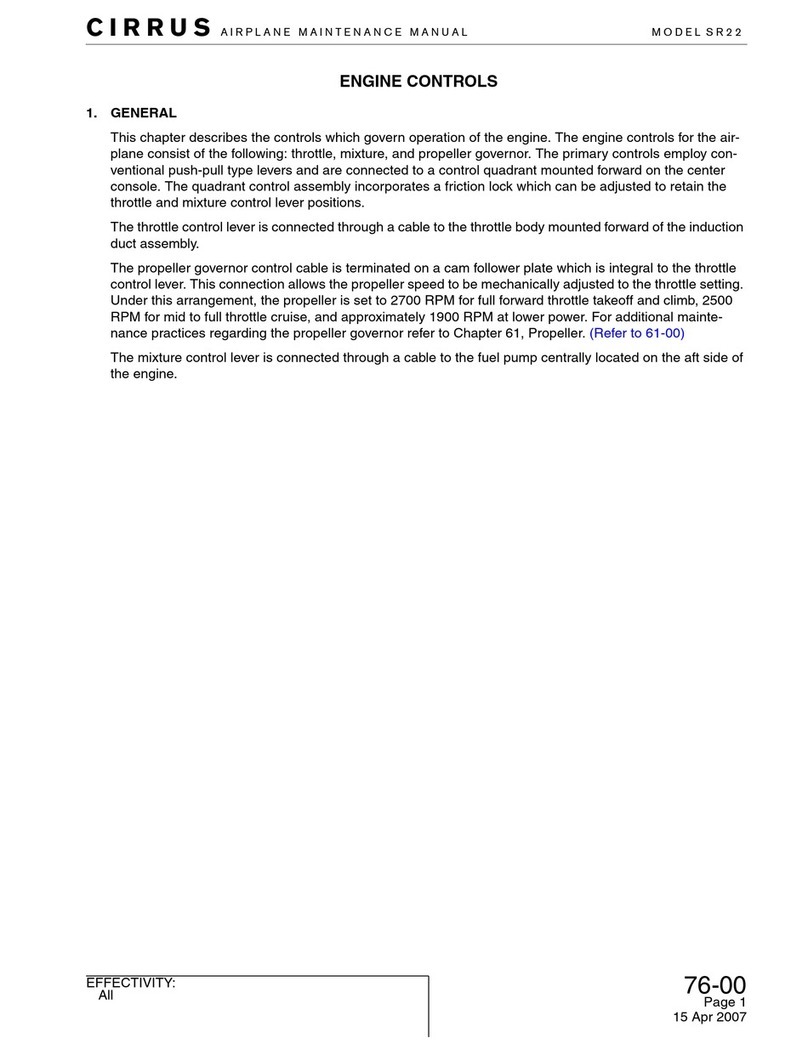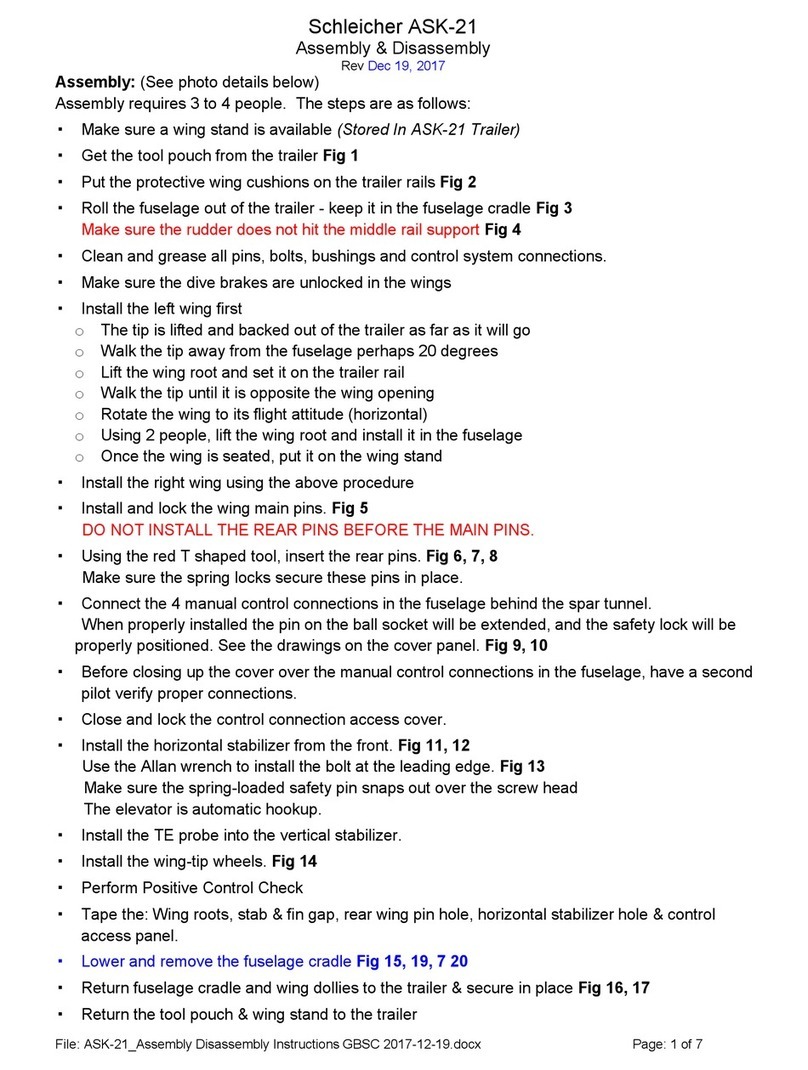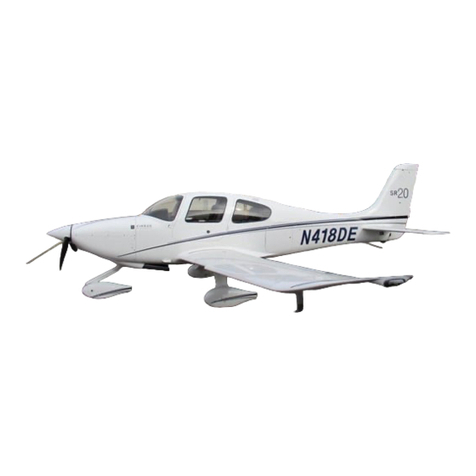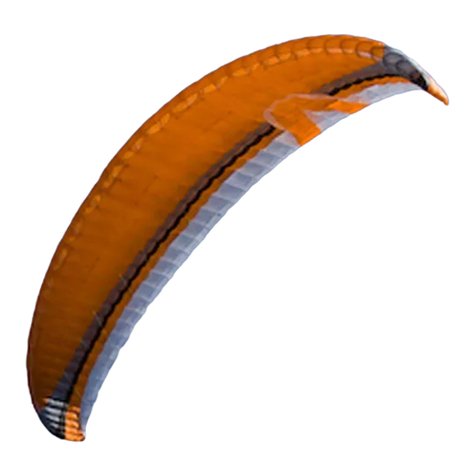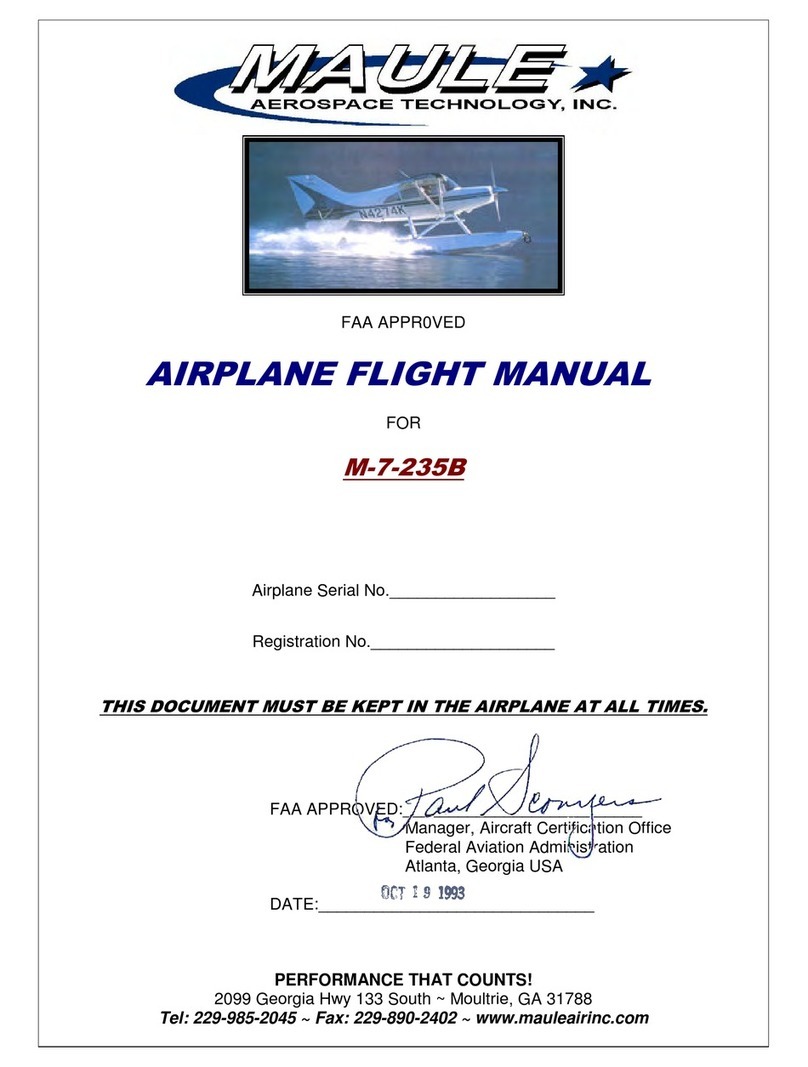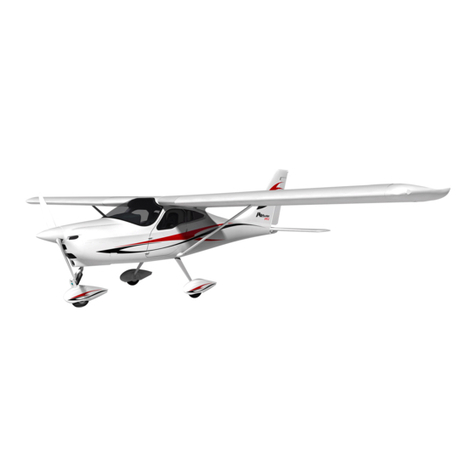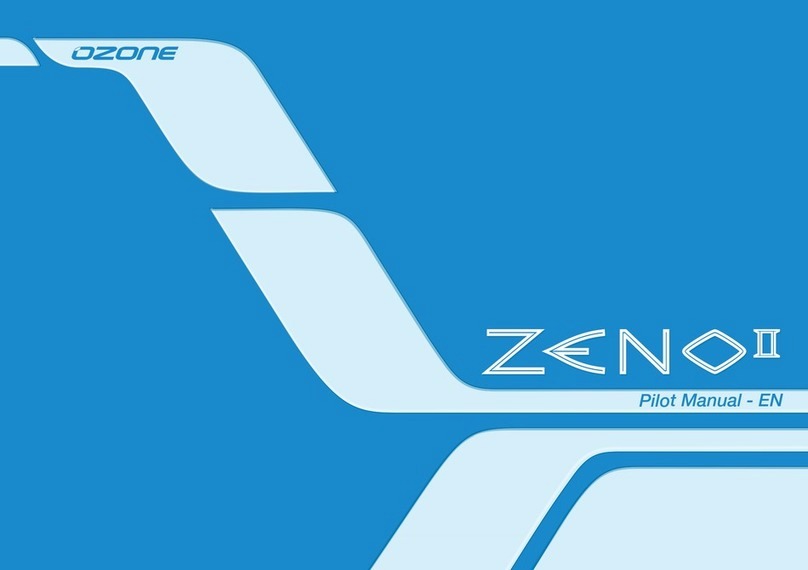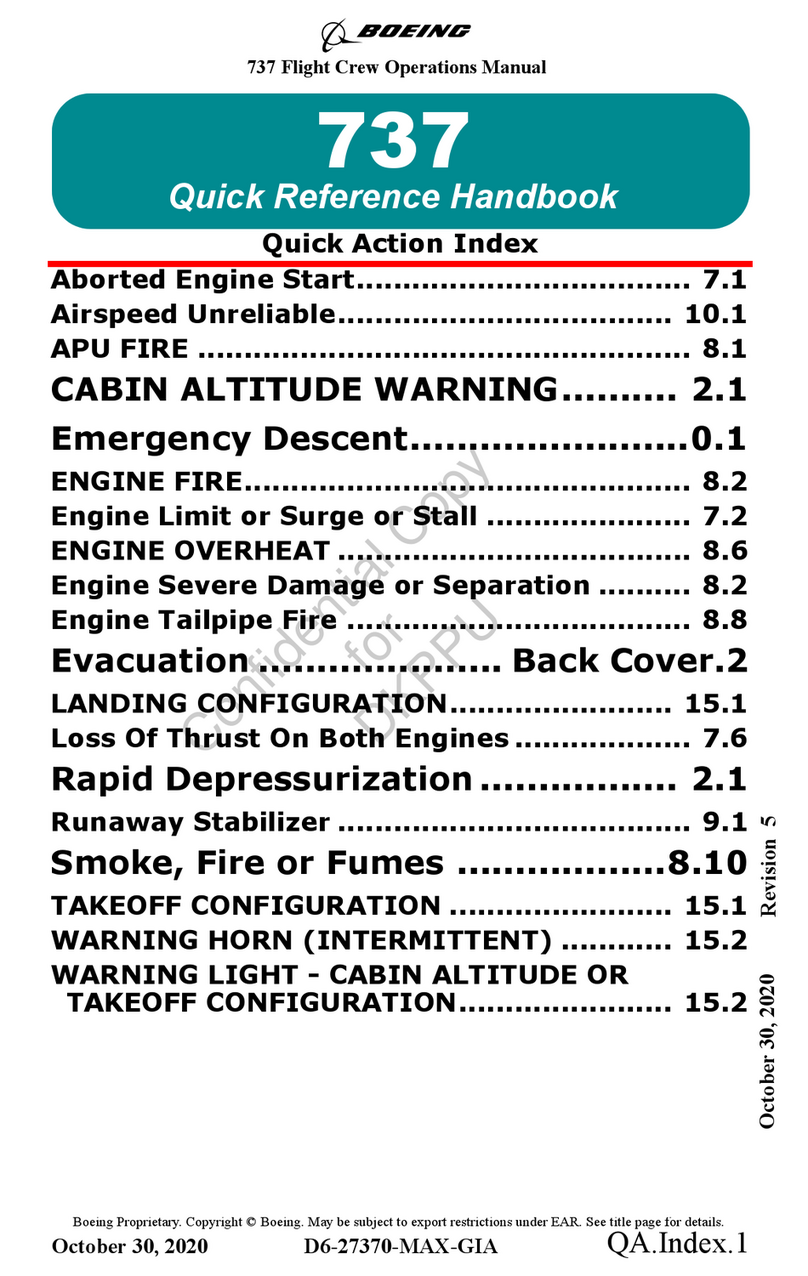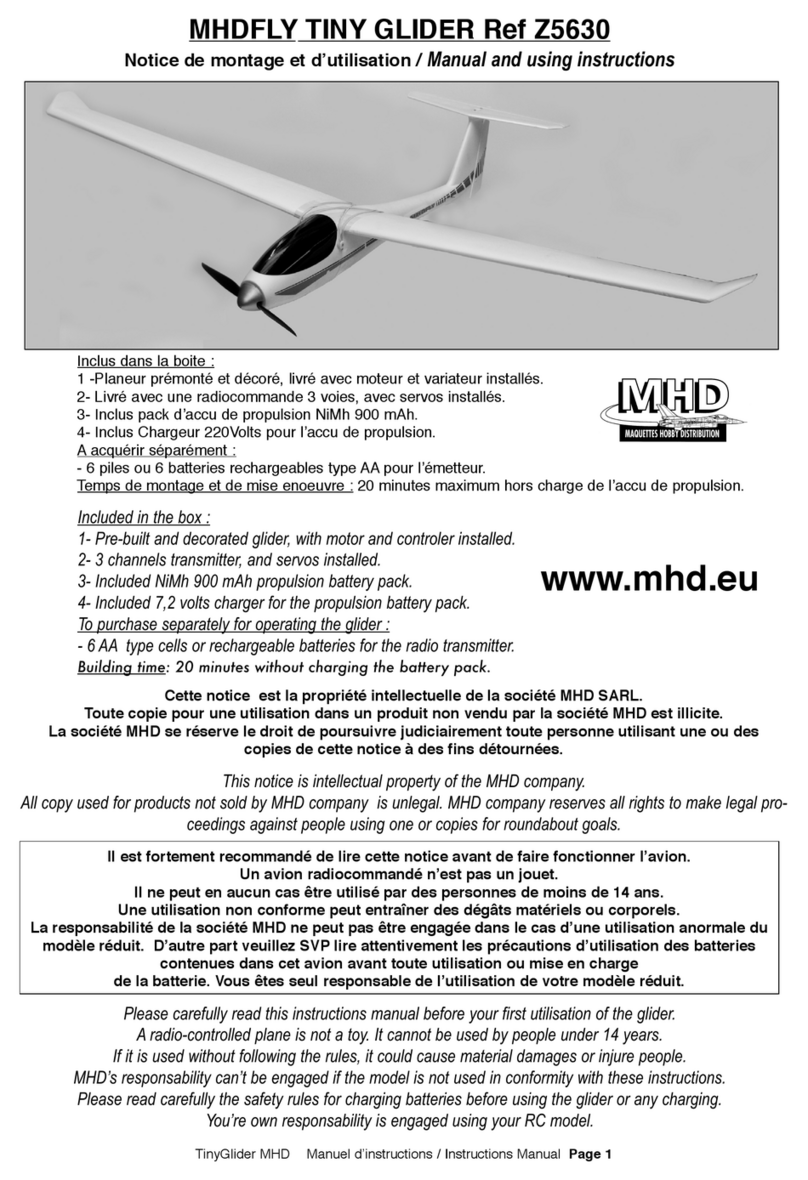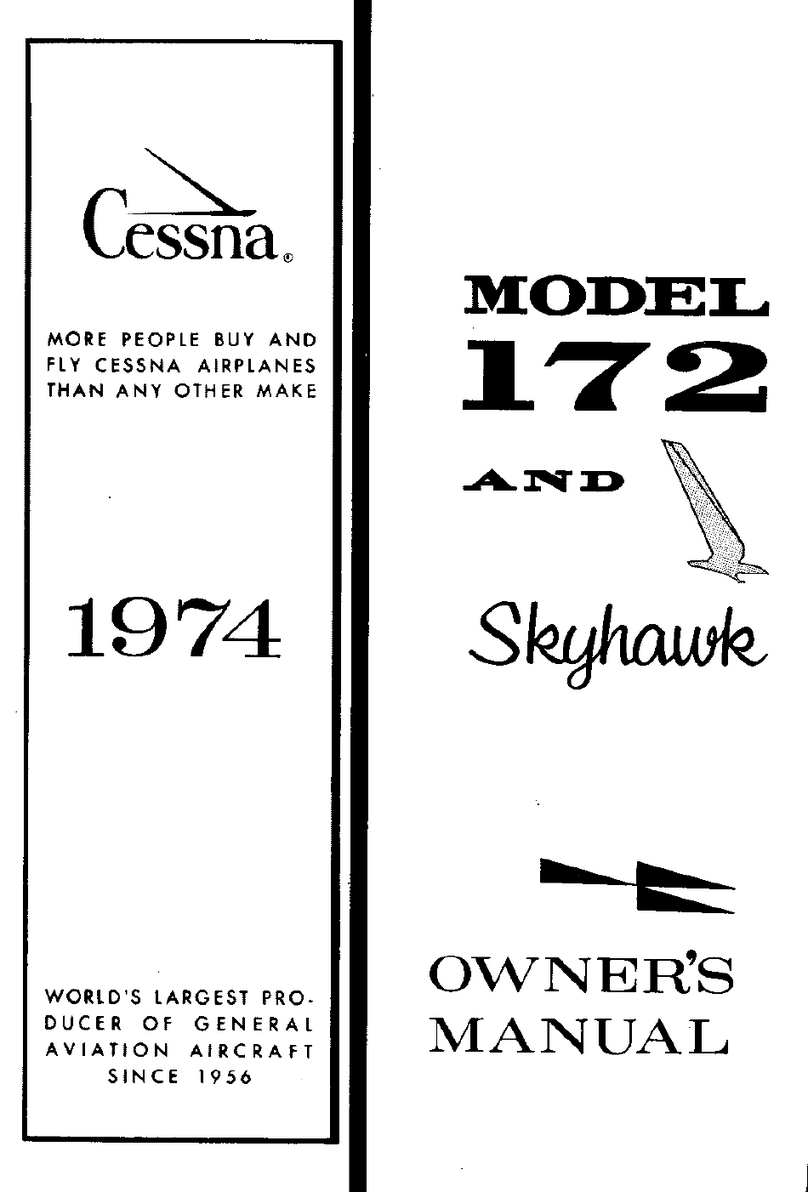
GDMUiF16SPevo-1F Version 0010 2
1 Table of Contents
1Table of Contents .................................................................................... 2
2Amendment Record Sheet...................................................................... 4
2.1 Table of Amendments ...................................................................................4
2.2 Amendments.................................................................................................4
3General..................................................................................................... 5
3.1 About this Document.....................................................................................5
3.2 3-Perspective Diagram..................................................................................6
Figure 3-1: iFun 16 SP in 3 Perspectives............................................................................................. 6
4Technical Specifications –Performance............................................... 7
4.1 Technical Specifications................................................................................7
4.2 Maximum Added Load / Trikes Adjustment...................................................8
4.3 Performance at Maximum Take-Off Weight ..................................................9
5Instructions for Use............................................................................... 10
5.1 Rigging........................................................................................................10
5.1.1 Assembly.......................................................................................................................... 10
5.1.2 Disassembly..................................................................................................................... 13
5.2 Folding –Unfolding .....................................................................................14
5.2.1 Folding on the Trike, control bar on the ground ............................................................... 14
5.2.2 Unfolding on the Trike, control bar on the ground............................................................ 18
5.2.3 Folding on the Trike.......................................................................................................... 20
5.2.4 Unfolding on the Trike ...................................................................................................... 23
5.3 Preflight Check............................................................................................25
5.4 Flight Specifications ....................................................................................26
5.4.1 Operational Limitations..................................................................................................... 26
5.4.2 Controls............................................................................................................................ 26
5.4.3 Flight Techniques............................................................................................................. 27
5.4.4 Adjustments.................................................................................................................... 31
6Maintenance........................................................................................... 34
6.1 Transport ...................................................................................................34
6.2 Storage.......................................................................................................34
6.3 Inspections & Scheduled Maintenance ...................................................34
6.3.1 Time Limits ...................................................................................................................... 34
6.3.2 Safety Procedures.......................................................................................................... 35
6.3.3 Wing Maintenance Schedule............................................................................................ 36
6.4 Unscheduled Maintenance .......................................................................37
6.4.1 General............................................................................................................................ 37

